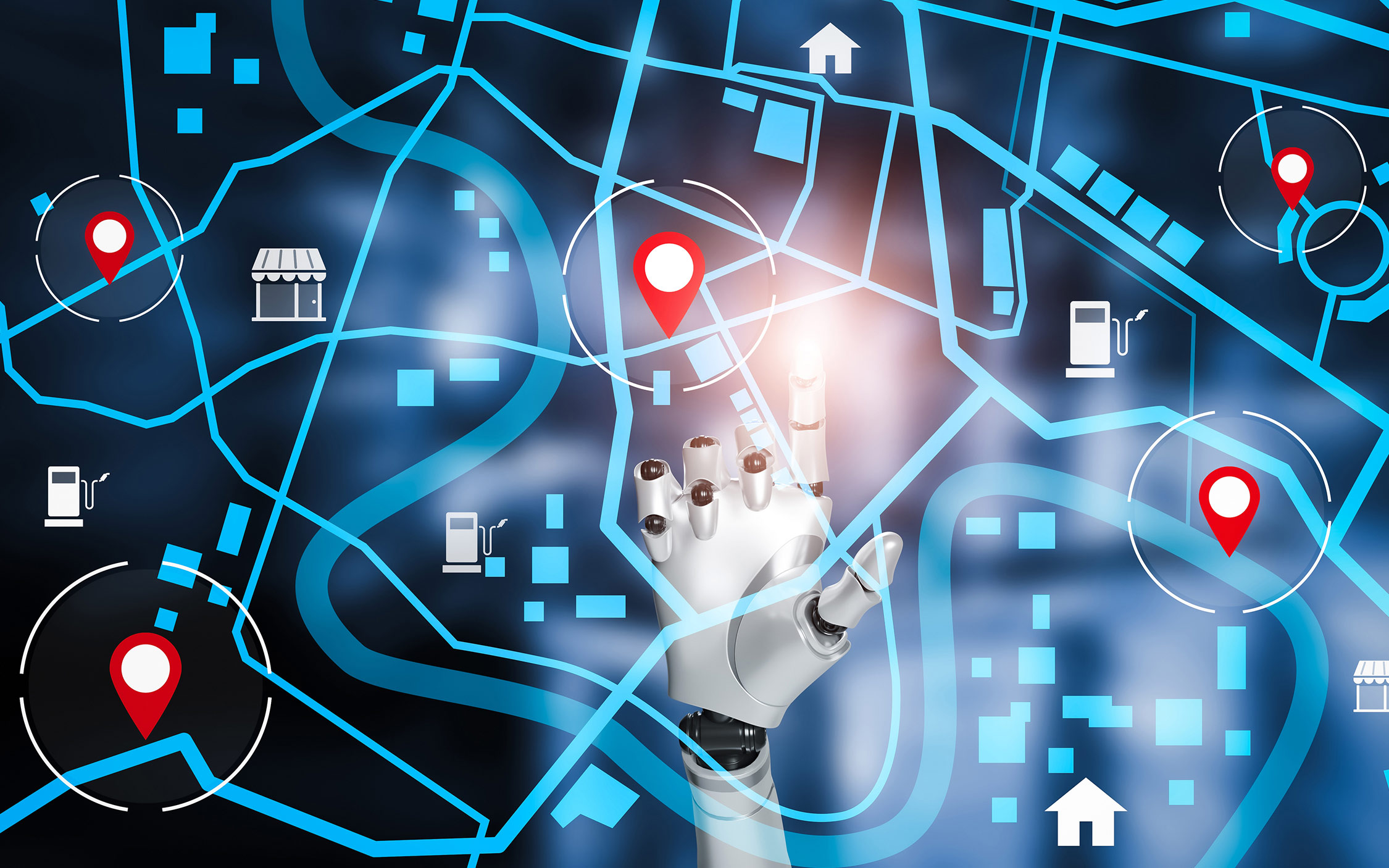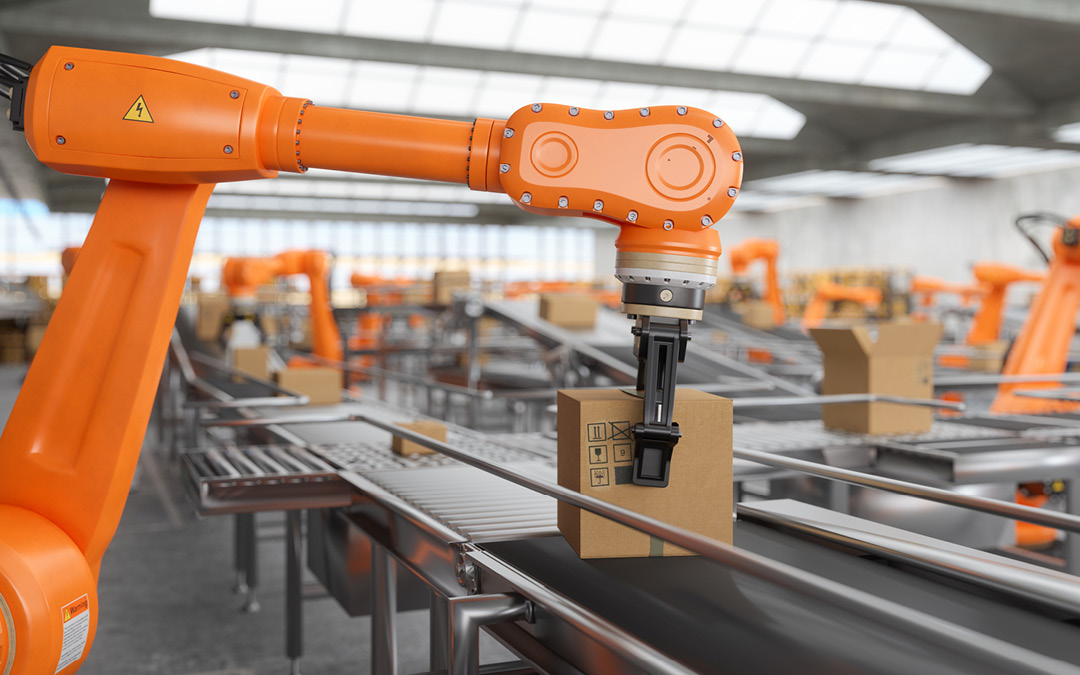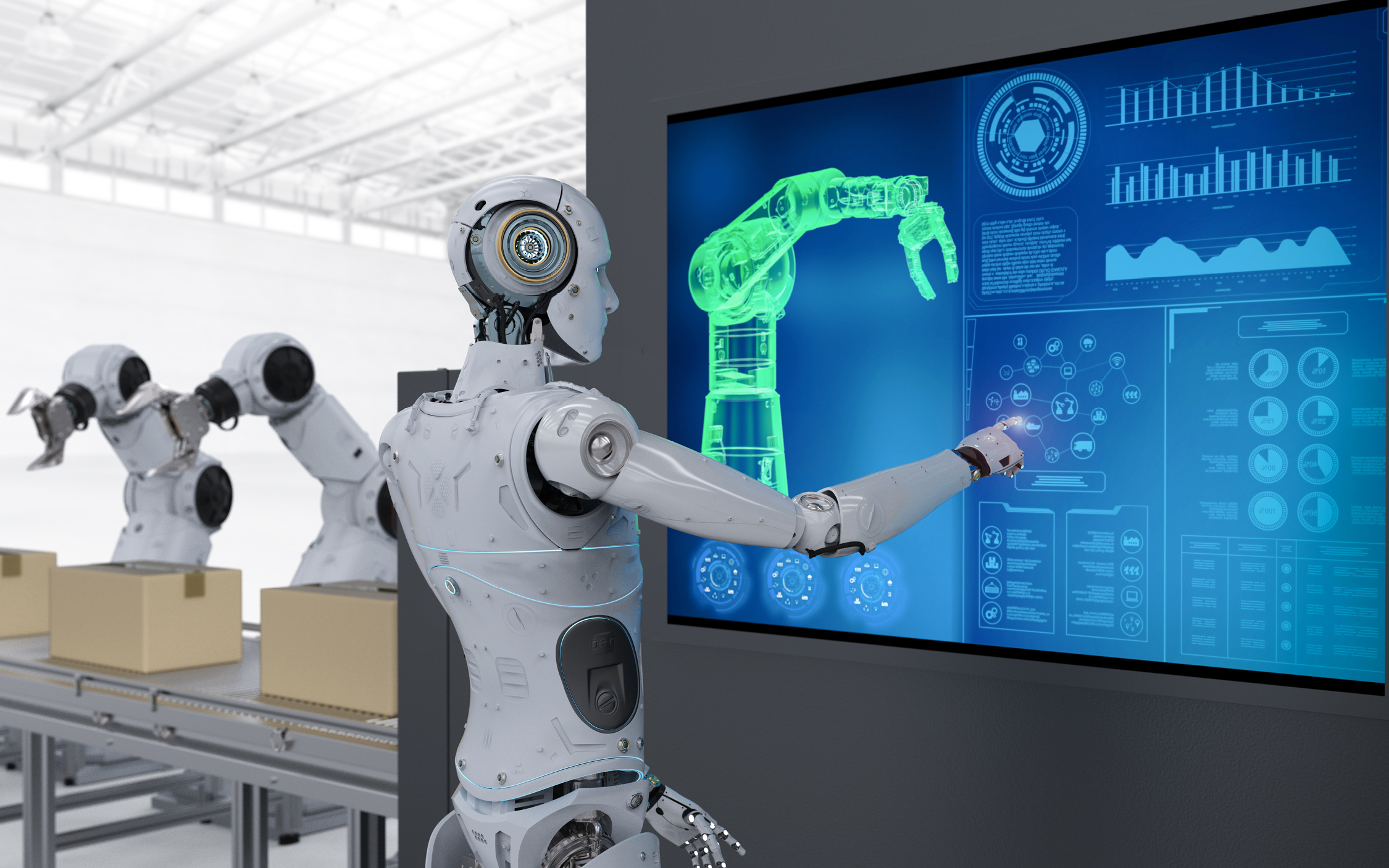Artificial intelligence has already begun to transform the CEP industry. It is driving numerous innovations, particularly on the last mile, and will be indispensable for companies in the future in order to achieve decisive competitive advantages. A look at specific use cases, key factors for successful implementation, and important trends.
ChatGPT was just the beginning. CEP companies are now using AI to improve traffic forecasts and optimise delivery routes, automate warehouse processes, and maintain vehicles with foresight. In the future, the possible applications will expand considerably further and open up completely new forms of human-machine interaction. This will redefine the limits of what is feasible in parcel logistics.
The opportunities are obvious: tasks are completed more efficiently, accurately, and quickly, costs are saved, and customer satisfaction is improved. Companies can increase turnover and adapt more quickly to changing market conditions. And all of this to an extent that is far from realisable with previous means and methods. A recent study by the German Bundesverband Paket- und Expresslogistik (BPEX) and Lufthansa Industry Solutions provides a large number of use cases that go beyond the current use in the CEP sector and highlights how the potential of AI can be unlocked.
Intelligent support and transparency for drivers
Assistance systems can navigate delivery vehicles directly to free parking spaces instead of just to the recipient’s front door. Time spent looking for a parking space and unnecessary journeys are saved, and there is no need to stop in no-parking zones or second rows. Voice-based assistance systems also offer drivers the opportunity to document their experiences verbally during the delivery process. Information about a delivery area is thus available for internal analyses or for other delivery staff.
The new technology also makes it possible to compare the widely varying delivery areas and routes in order to standardise performance expectations and remuneration. AI can incorporate factors such as territorial structures, recipient specifics, and consignment mix.
Flexible delivery routes
AI has the potential to replace volatile weekly volume forecasts with more precise daily forecasts. Tours can be cancelled or rescheduled at an early stage. Even more efficiency is gained when route planners take shipments on subsequent days into account, hold back parcels accordingly, and bundle them with other parcel recipients later. The result: a smoother course of the week and better route utilisation.
Dynamic route optimisation during delivery, which takes into account current traffic data and events such as delivery difficulties, for example, relieves the strain on drivers. Recipients can benefit from intelligent time slot notifications.
Dynamic control of entire networks
In order to shorten driving distances and end-to-end delivery times, intelligent integration of parcel pick-ups into the delivery route is possible. The return of undelivered parcels can also be made more flexible. AI control organises the meeting of drivers and the collection of consignments in a small number of vehicles that return to the transshipment point.
The next step is to break up the fixed routing of parcels. The allocation of parcels to transshipment points is adjusted dynamically, depending on the capacities there, in order to counteract overloading and underutilisation. Even delivery regions and areas can be created spontaneously as required.
The key to successful implementation
It is crucial for the successful implementation of AI technology to think in a goal-oriented way from the outset in order to start projects in a focussed manner, scale them quickly, and align them with practical requirements. It must be clear to everyone involved that AI is not just a technology issue, but affects the entire organisation, from structure to culture. Decision-makers must understand digital concepts, be able to critically evaluate them, and make well-founded decisions. It also requires a multidisciplinary team with a wide range of skills and expertise, whether a data scientist, AI engineer, user experience designer, governance specialist, or change manager.
The make-or-buy question is fundamental, and the pros and cons must, of course, be carefully weighed. Many companies take a hybrid approach – they buy AI components but also develop customised solutions for specific requirements themselves.
Be visionary and utilise trends strategically
Three important trends should play a role in the implementation strategy:
- Customisable AI models for speech processing are available on the market. Companies should use them to offer voice-based interfaces at the customer interface and to support employees.
- The power of AI can best be put on the road for the CEP industry together with AI talents. It is advisable to make use cases accessible to them, bring them into the company, and collaborate with AI start-ups.
- Probably the greatest potential for creating added value lies in shared AI models. That is why it is important that companies share their data, even with competitors – it is not necessary to disclose company secrets.
It is a fact that the CEP industry’s business will change profoundly under the impact of AI. The technology is already increasingly expected at the customer interface. This makes it all the more important for companies to become active. Making targeted use of AI is one of the most important strategic issues for them in order to maintain a strong competitive position in the future.






